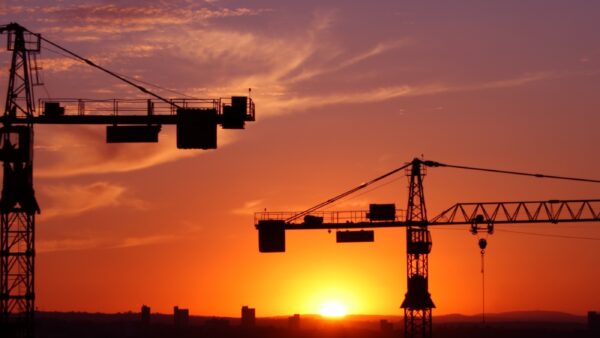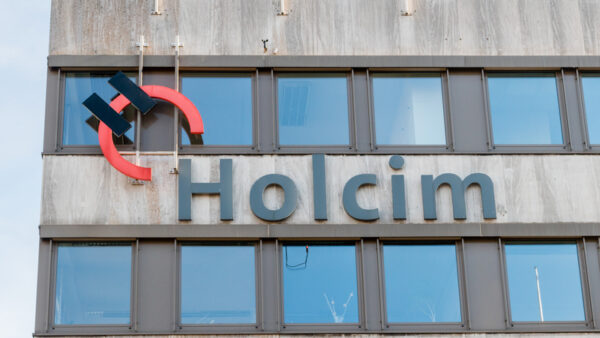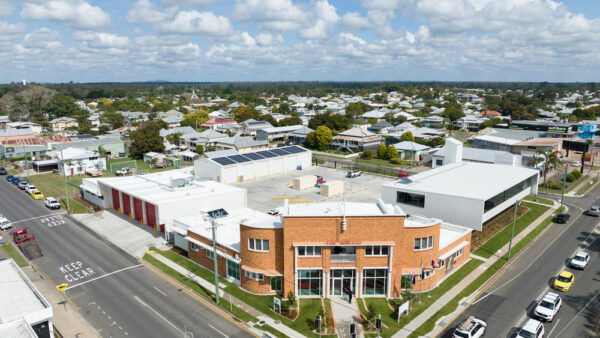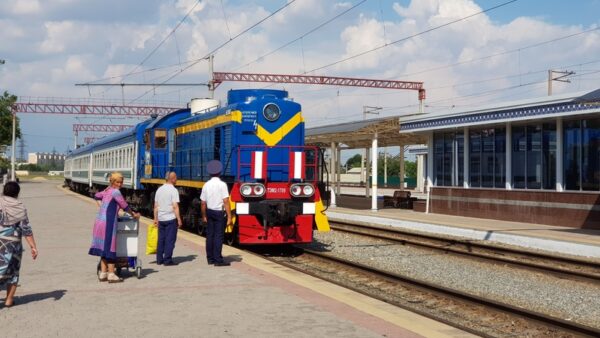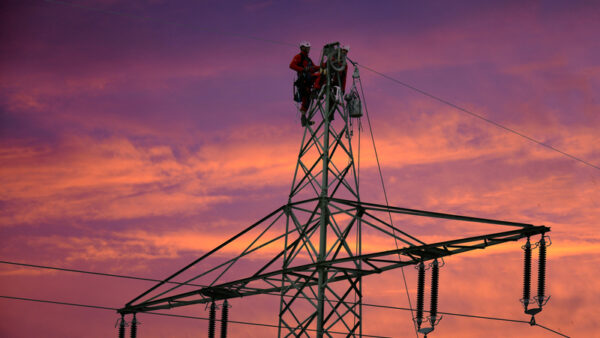During their summit in Cornwall over the weekend, the G7 group of rich, industrialised countries agreed on an infrastructure investment push for the developing world that appears to be aimed at countering China’s Belt and Road Initiative.
Short of promising any extra state funding for infrastructure schemes, however, the “Build Back Better World” (B3W) plan appeared to rest on attracting private finance through an as-yet undefined mechanism.
The summit’s communiqué called it a “step change” in rich nations’ approach to infrastructure financing.Â
The White House said B3W would cover Latin America and the Caribbean, Africa and the Indo-Pacific.Â
For the US, lending will be undertaken by the existing development bodies such USAID and the Development Finance Corporation.
More vaguely, the White House describes augmenting the US’ “development finance toolkit” to attract investment from the private sector and G7 partners to “catalyse hundreds of billions of dollars of infrastructure investment for low and middle-income countries in the coming years”.
Although the aim of competing with the BRI is not stated explicitly, official documents lay a heavy emphasis on transparency, “values” and good governance. Last week, the US launched its Blue Dot Network, which will act as a kind of certification body to evaluate whether particular projects meet certain defined standards.
In the past, the US has complained that BRI projects lack these qualities, and these complaints have often been echoed by opposition groups in recipient countries.
In a news briefing, a senior administration official commented: “Until now, we haven’t offered a positive alternative that reflects our values, our standards, and our way of doing business … [B3W] won’t just be an alternative to the BRI, but we believe will beat the BRI by offering a higher-quality choice.”Â
BRI agreements are typically carried out as bilateral deals with China’s political-industrial complex, and require the use of Chinese companies and supply chains, although with particular countries typically negotiate local content requirements. In the case of Malaysia’s East Coast Rail Link, for example, at least 40% of civil engineering work, excluding tunnelling, will be undertaken by local suppliers.Â
The communiqué notes that a “particular priority” will be schemes that promote “clean and green” growth in line with the Paris Agreement and Agenda 2030. B3W schemes will also focus on projects with an impact on healthcare, digital technology and gender equity.
A UK spokesperson at the summit said the aim was not just to compete with China. He commented: “This project stands on its own merits and is in line with the G7’s priorities on ensuring the world builds back better and greener from the pandemic.”
It is unclear whether the initiative will be able to match the scale of the BRI. According to a 2018 report from ICBC Standard Bank, after the first five years of the programme, some $330bn of transport and $266bn of energy projects were announced, under way or complete. They accounted for around two-thirds of total BRI investment. The remainder went on industry, real estate, technology, finance and tourism.
More than 140 countries are members of the BRI, and more than 100 countries and regions are members of the separate China-led Asian Infrastructure Investment Bank.
Image: A BRI road is in Kazakhstan. One of the core aims of the BRI is to build trans-Asian trade corridors (Dreamstime)
Further reading:
- US pushes “Blue Dot” scheme to counter China’s Belt & Road
- US fights for influence in Indo-Pacific with rival to China’s Belt and Road plan
- China pledges $122bn as world gathers for Silk Road summit
- Dramatic shift in relations as Japan praises China’s Belt and Road
Image:Â A BRI road is in Kazakhstan. One of the core aims of the BRI is to build trans-Asian trade corridors (Dreamstime)

